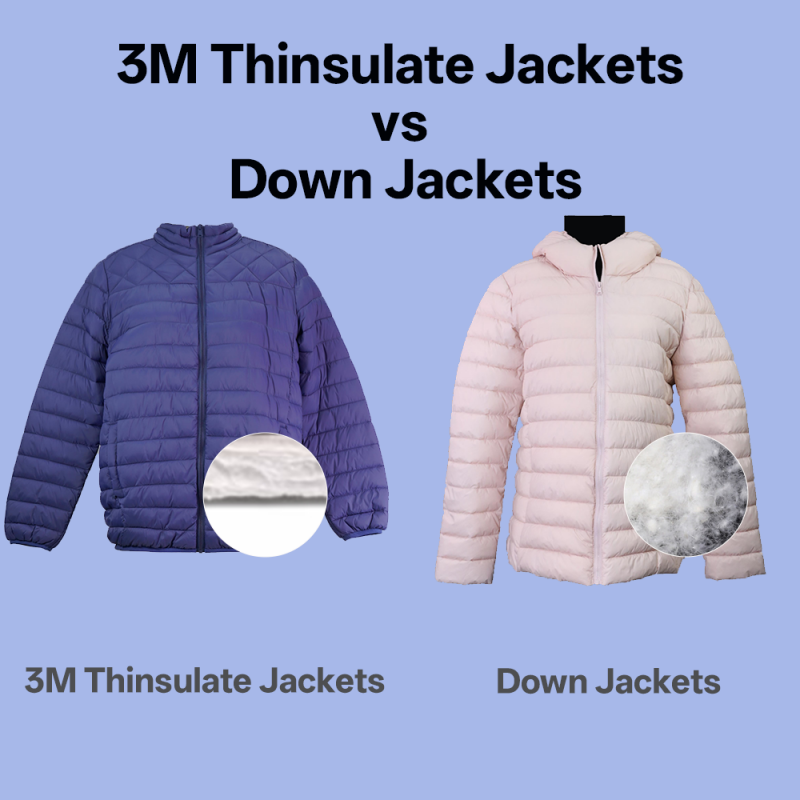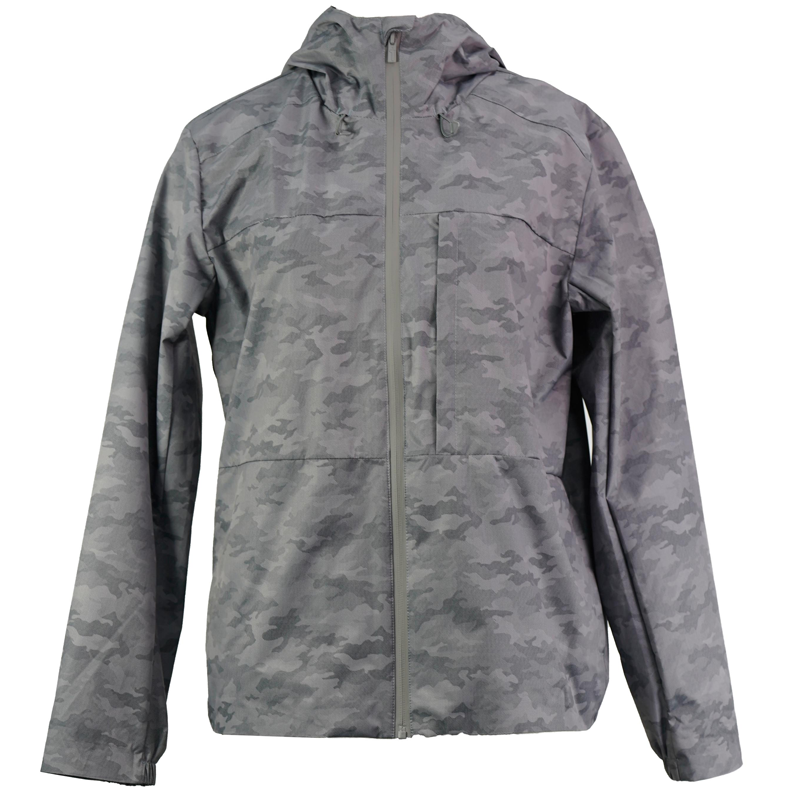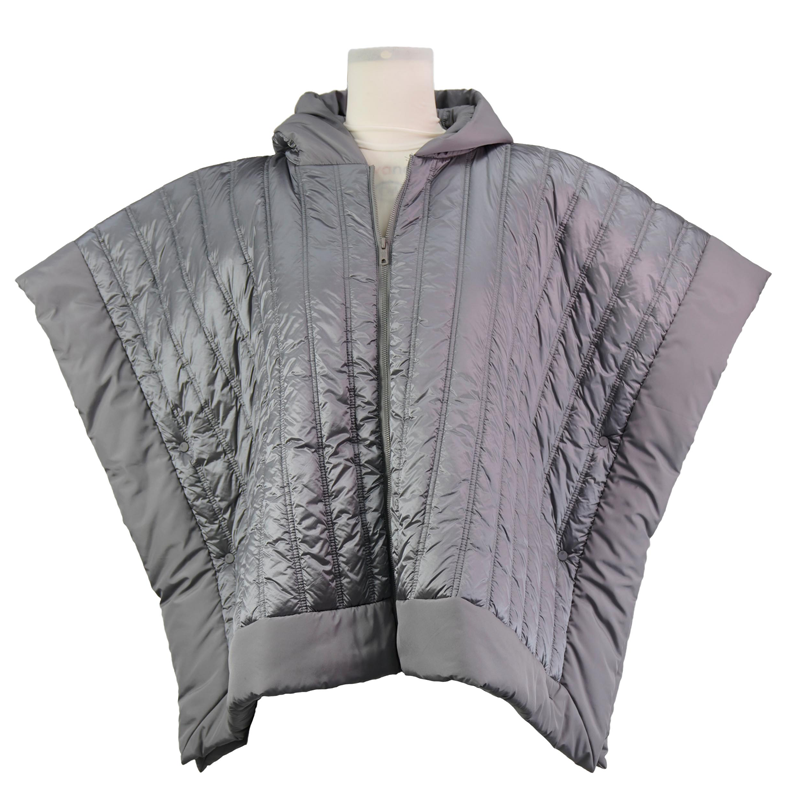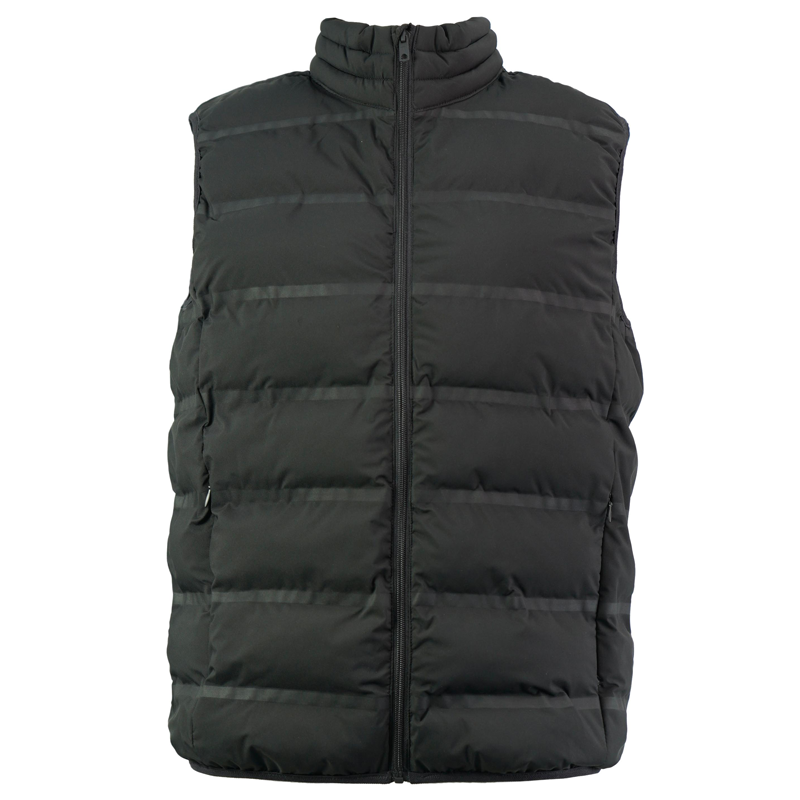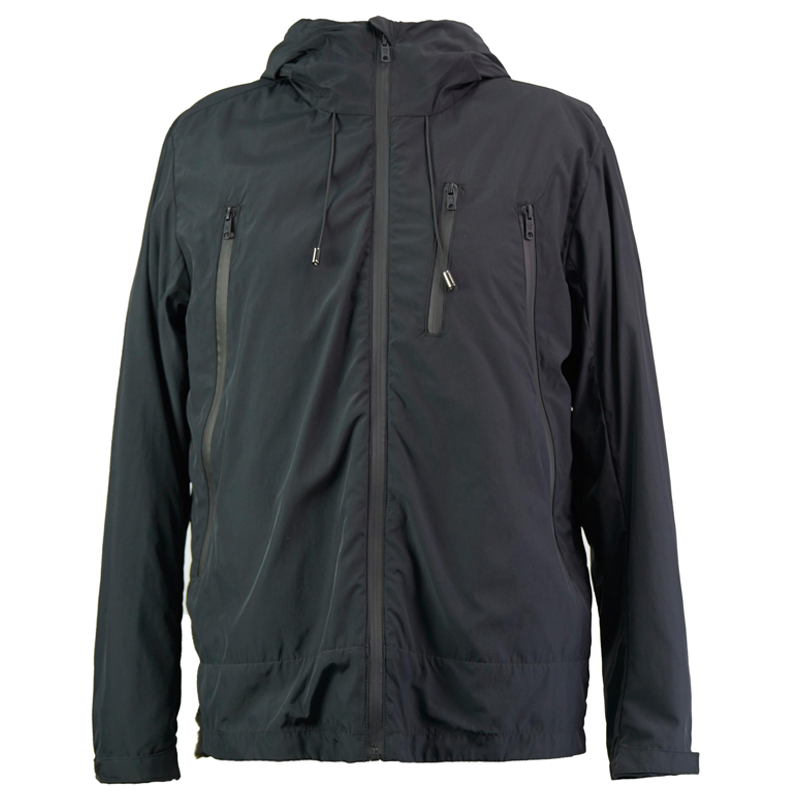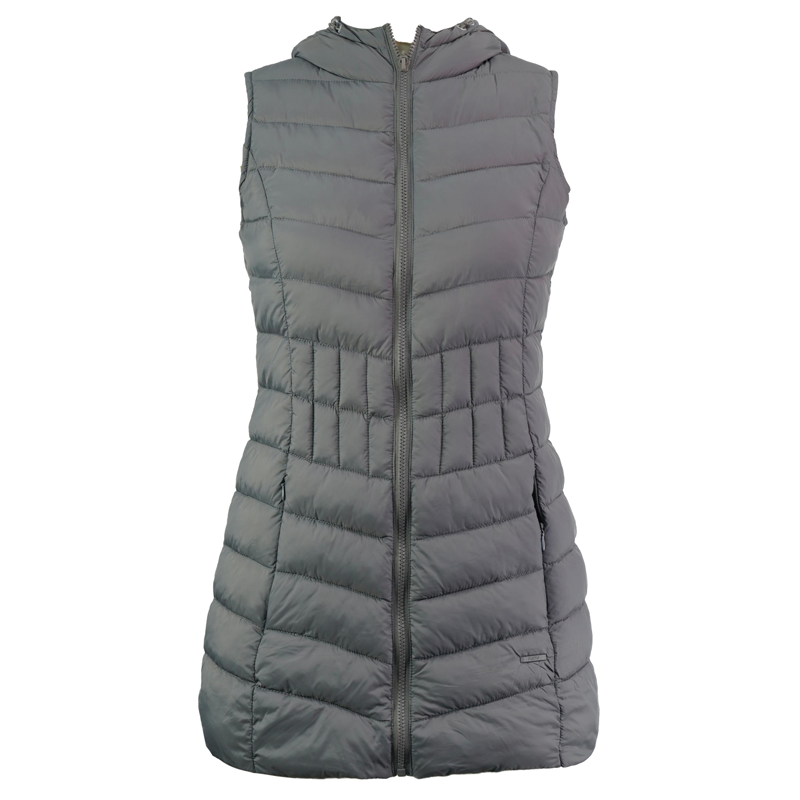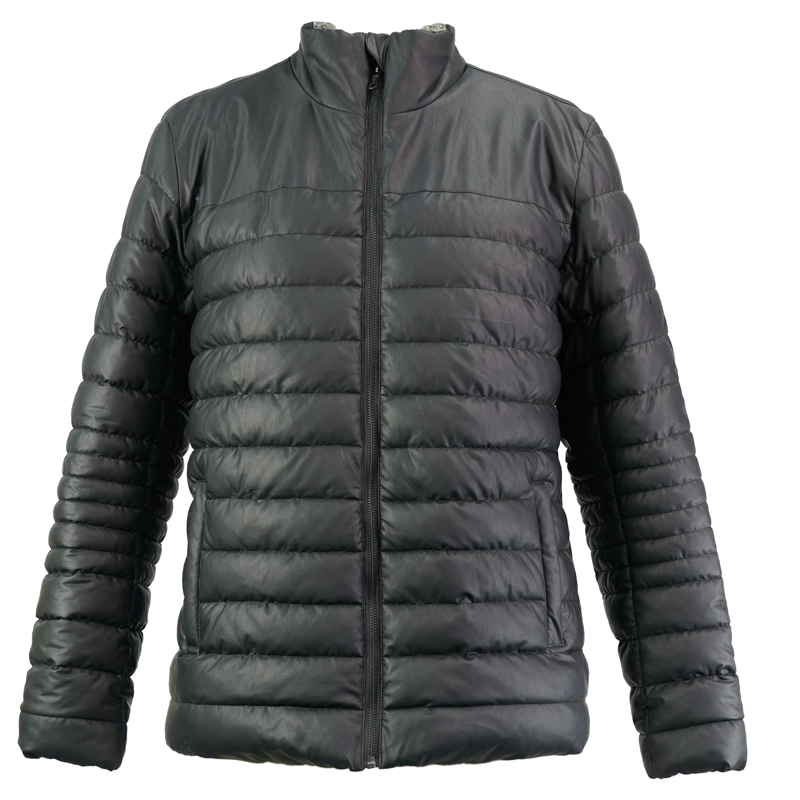When the mercury drops and the winds begin to bite, your choice of jacket becomes far more than a fashion statement. It becomes a matter of comfort, performance, and—let's not sugarcoat it—survival. Among the vast sea of winter outerwear, two types stand out in particular: 3M Thinsulate jackets and down jackets. Each has its fanbase, its lore, and its pros and cons. But which one is truly the better option?
In this detailed exploration, we’ll break down the differences between these two insulation giants with research-backed data, practical considerations, and an honest discussion about their manufacturing, ethics, and performance. We'll also introduce how JIANGSU OVERSEAS FAREAST INDUSTRIAL CO., LTD., an experienced garment manufacturer, is staying ahead in this ongoing outerwear evolution.
The Science of Insulation: What Are We Comparing?
To understand the nuances, we first need to grasp what we’re talking about:
| Feature | 3M Thinsulate | Down |
|---|---|---|
| Material | Microfibers (synthetic) | Goose/duck plumage (natural) |
| Warmth-to-Weight Ratio | High | Very high |
| Water Resistance | Excellent | Poor unless treated |
| Compression Ability | Good | Excellent |
| Hypoallergenic | Yes | No (can trigger allergies) |
| Cost | Moderate | Often expensive |
| Eco/Animal Ethics | Cruelty-free | Ethical concerns over sourcing |
3M Thinsulate is a synthetic microfiber insulation developed by 3M. The fibers are finer than those of traditional polyester, which helps trap more air in less space—making it both lightweight and efficient.
Down, on the other hand, is derived from the under-feathers of ducks or geese. Revered for its incredible warmth and compression capabilities, it remains the gold standard in alpine and cold-weather gear.
So far, so good. But let’s go deeper.
Real-World Performance: Which Keeps You Warmer?
You might think down always wins here—but it depends. According to a 2019 comparative study by the Thermal Insulation Performance Institute, the insulation performance was as follows:
| Insulation Type | Clo Value (Thermal Resistance) |
| 800 Fill Down | 3.7 |
| 3M Thinsulate (Type C150) | 3.3 |
| 600 Fill Down | 2.9 |
| 3M Thinsulate (Type C100) | 2.7 |
Yes, high-fill down offers slightly better insulation, but 3M Thinsulate isn’t far behind—especially when you factor in moisture.
Key insight: Down's Achilles heel is water. When it gets wet, its insulation power plummets. 3M Thinsulate retains 98% of its insulating properties when damp, making it more reliable in wet conditions. If you live in a snowy or rainy winter climate, this could be the dealbreaker.
Durability, Maintenance & Everyday Practicality
Let’s be honest: nobody wants a jacket that requires a Ph.D. in laundry science to maintain. Down jackets often demand special care, including dry cleaning or tumble-drying with tennis balls to retain loft.
3M Thinsulate, being synthetic, is low-maintenance. Toss it in the wash, air-dry, and you’re good to go. It’s also more resistant to compression fatigue, meaning it keeps its insulating power after repeated wear and storage.
And durability? Here’s a quick overview:
| Feature | 3M Thinsulate | Down |
| Machine Washable | Yes | Rarely |
| Packability | Good | Excellent |
| Longevity | 5–7 years typical | 7–10 years typical |
| Moisture Impact | Minimal | Severe |
For people on the go or outdoor workers, 3M Thinsulate might offer the better real-world value.
Sustainability and Ethical Considerations
In recent years, ethical sourcing and sustainability have moved to the forefront of consumer decision-making. Down, unless certified (e.g., RDS – Responsible Down Standard), comes with concerns over animal welfare.
Meanwhile, 3M Thinsulate is entirely animal-free. And newer versions like Thinsulate Eco are made from recycled plastic bottles—ticking both the cruelty-free and eco-friendly boxes.
| Sustainability Metric | 3M Thinsulate | Down |
| Animal-Free | Yes | No |
| Biodegradable | No | Yes |
| Recyclable | Yes (Eco Series) | Partially (when certified) |
| Renewable Resource | No | Yes |
If you’re making jackets for brands with strong sustainability messaging, 3M Thinsulate offers fewer logistical hurdles.
From Factory to Freezer: The Manufacturer’s Perspective
As a garment manufacturer, understanding these dynamics is more than academic. It’s business-critical.
At JIANGSU OVERSEAS FAREAST INDUSTRIAL CO., LTD., we’ve been at the forefront of outerwear development since our founding in 2016. With a production capacity of over 10 million garments annually, we cater to major brands across Europe, North America, and Australia.
We work with both down and synthetic insulated jackets, and here’s what we’ve observed:
3M Thinsulate jackets are increasingly favored for mass-market retail, particularly due to their cost-efficiency, easy handling, and faster production cycles.
Down jackets, especially with RDS-certified materials, remain a premium product for niche, high-end segments.
Our factories across China, Myanmar, Vietnam, and Cambodia are equipped with flexible production lines that accommodate both insulation types. This allows our clients to target different markets without compromise.
Consumer Trends: What Do Buyers Prefer?
Consumer trends often oscillate based on weather, fashion, and even global movements (like climate activism). A 2022 Winter Outerwear Consumer Preferences Survey conducted by StyleFact revealed the following:
| Preference Category | % of Consumers |
| Prefer Down (for warmth) | 42% |
| Prefer Synthetic (for ethics/care) | 48% |
| No Preference | 10% |
Interestingly, younger consumers (ages 18–35) showed a 63% preference for synthetic insulation, citing ethics and ease of care.
The takeaway? If you're targeting a younger, more urban, or more ethically-minded demographic, 3M Thinsulate jackets have strong pull.
Brand Spotlight: How JIANGSU OVERSEAS FAREAST Is Leading the Charge
With more than 400 technical and design professionals and over 10 garment production lines in-house, we offer tailored solutions whether your brand is launching a capsule line of luxury down parkas or a budget-friendly 3M Thinsulate commuter jacket.
We are BSCI- and WRAP-certified, which assures our partners of ethical and compliant production. Whether you choose down or synthetic insulation, we guarantee the integrity of your supply chain.
We also collaborate directly with global insulation providers to ensure consistent material sourcing, quality testing, and full traceability.
Final Thoughts: So, Which Jacket Is Better?
Like many things in life, the answer is: It depends.
If you’re planning a trek up Kilimanjaro, a high-fill down jacket might still be your best bet. But for everyday wear—commuting, errands, urban exploration—3M Thinsulate jackets offer a more practical, cost-effective, and ethical alternative.
At JIANGSU OVERSEAS FAREAST INDUSTRIAL CO., LTD., we understand that no one-size-fits-all solution exists. That’s why we provide our clients with the flexibility to choose, adapt, and innovate. With global production facilities, a dedicated R&D team, and a business model focused on integrity, quality, efficiency, and mutual success, we are your ideal partner for winter outerwear production.
Looking to create your next winter collection? Reach out today and let us help bring your vision to life.
"In the war against winter, your jacket is your armor. Choose wisely. Or better yet, choose a manufacturer who understands the battlefield."
